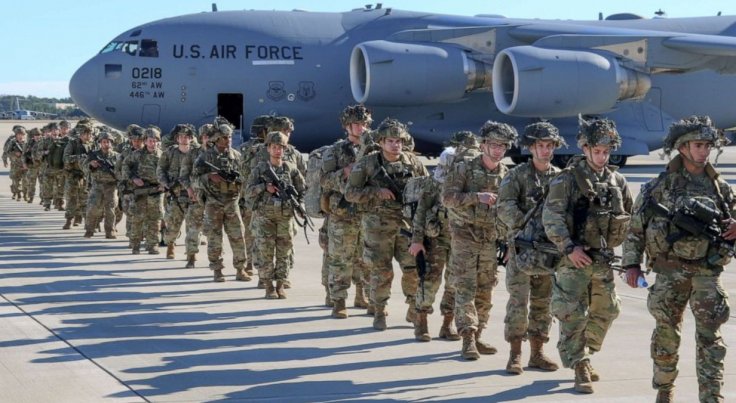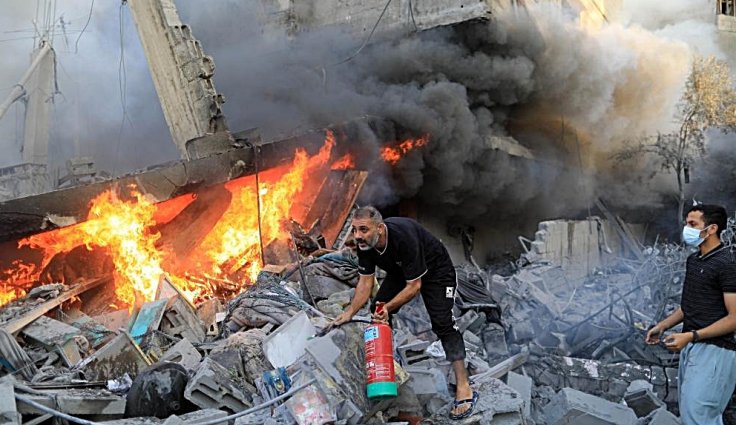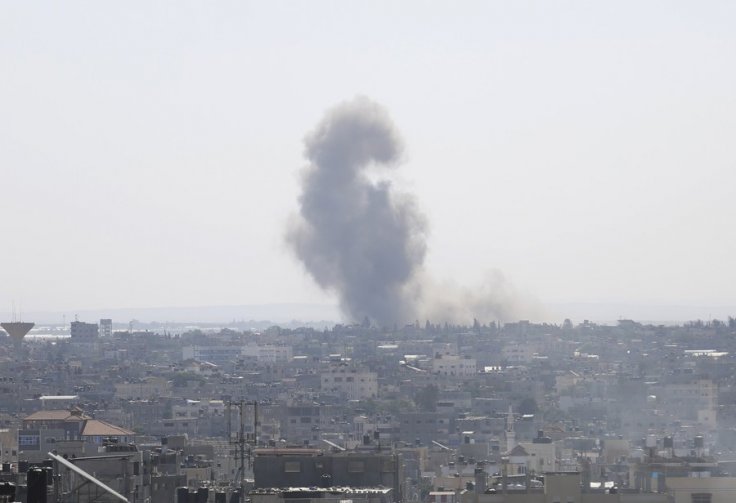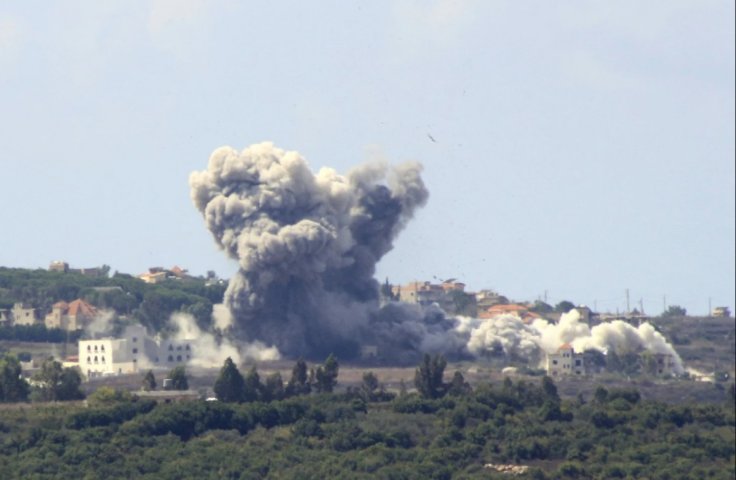The U.S. is sending additional troops to the Middle East following a massive surge in violence between Israel and Hezbollah forces in Lebanon, escalating concerns of a broader regional conflict, the Pentagon announced Monday. Pentagon press secretary Maj. Gen. Pat Ryder did not disclose the number of additional forces or their specific duties.
At present, the U.S. has around 40,000 troops stationed in the region. Tensions have escalated dramatically over the past week, and started to worsen after a coordinated attack last week resulted in pagers and walkie-talkies belonging to Hezbollah members to explode. The pagers and walkie-talkies of more than 3,000 Hezbollah fighters exploded killing more than a dozen.
US Troop to Land in Middle East

"In light of increased tension in the Middle East and out of an abundance of caution, we are sending a small number of additional US military personnel forward to augment our forces that are already in the region. But for operational security reasons, I'm not going to comment on or provide specifics," Pentagon said in a statement.
The additional troop deployments follow major Israeli strikes on targets in Lebanon on Monday, which have resulted in hundreds of deaths.

As Israel plans more operations, Prime Minister Benjamin Netanyahu issued a video message on Monday urging Lebanese civilians to leave their homes in anticipation of more airstrikes. Meanwhile, Israeli warplanes continued hitting suspected Hezbollah positions in southern and eastern Lebanon.
The State Department has issued a warning urging Americans to leave Lebanon due to the growing threat of a wider regional conflict.
"Due to the unpredictable nature of ongoing conflict between Hezbollah and Israel and recent explosions throughout Lebanon, including Beirut, the US Embassy urges US citizens to depart Lebanon while commercial options still remain available," the State Department cautioned Saturday.

Ryder did not specify whether the additional troops would support in evacuating U.S. citizens if necessary.
US Warns Israel
The Biden administration has warned Israel that further escalation is not in its best interest, stressing on the want for a diplomatic resolution. At the White House, Biden ignored shouted questions about the crisis in Lebanon.

Later, during an Oval Office meeting with UAE President Sheikh Mohamed bin Zayed al-Nahyan, Biden spoke vaguely about the situation and did not address inquiries about the growing tensions.
"We also will discuss our efforts to end the war in Gaza and a number of regional issues," Biden told reporters.
At the Pentagon, Ryder did not provide details on the number of additional troops or their destination.

Following Hamas' attack on Israel on October 7, the US troop's presence in U.S. Central Command has increased from 34,000 to 40,000. Navy vessels are strategically positioned across the region, including in the eastern Mediterranean Sea and the Gulf of Oman.
The U.S. currently has one aircraft carrier strike group in the area, led by the U.S.S. Abraham Lincoln, after another departed for the Asia-Pacific region. Additionally, Navy destroyers are stationed in the Red Sea, with six warships in the Eastern Mediterranean.
The U.S. has deployed four squadrons of fighter jets in the area, reinforced by advanced F-22 fighter jets added last month, according to Military Times.









